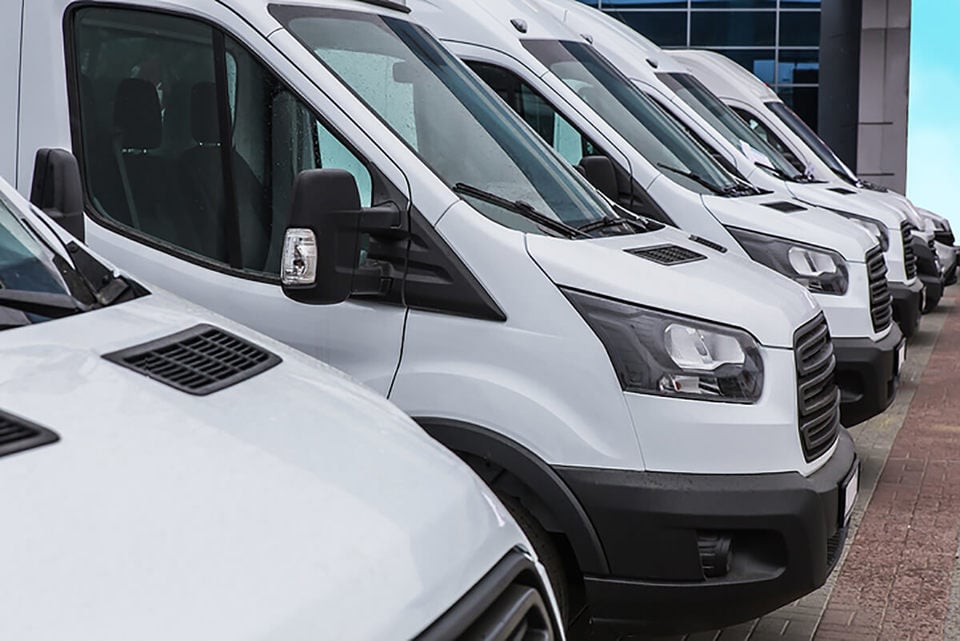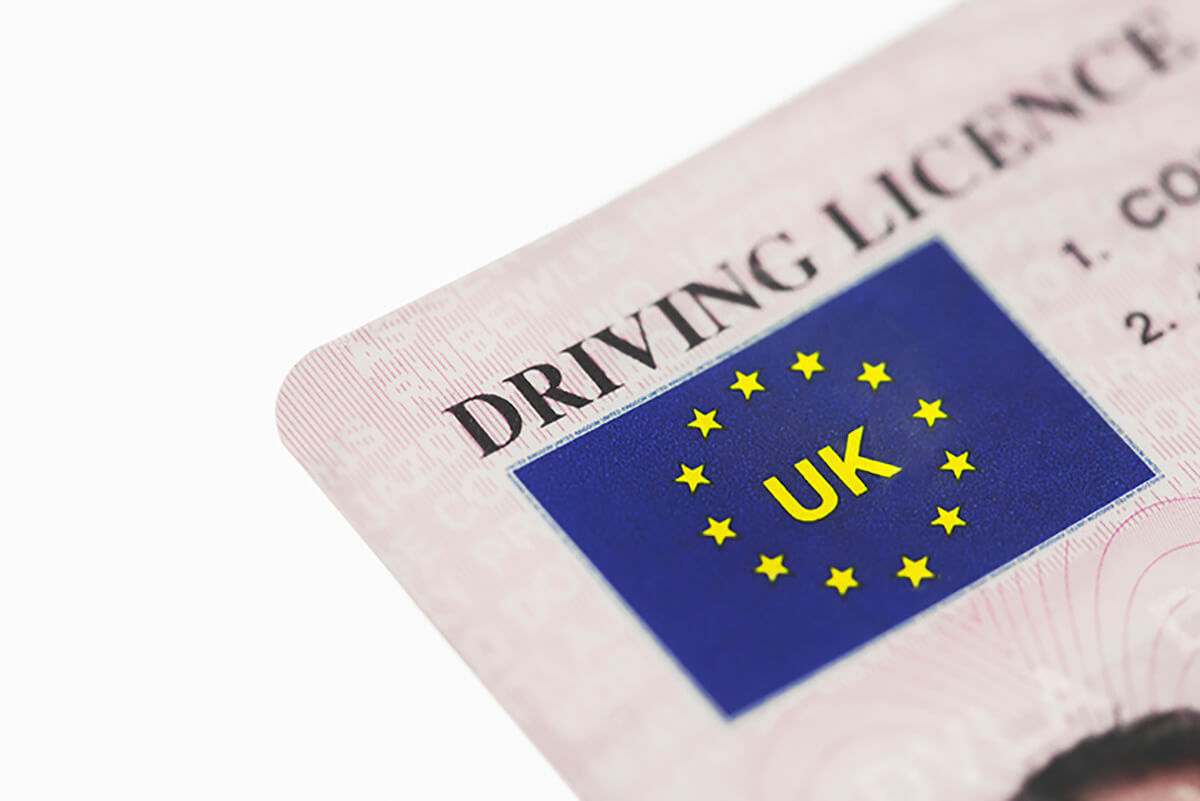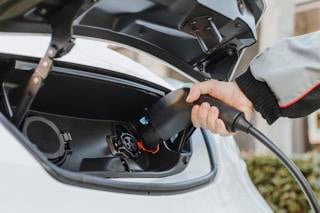The Government has published the findings to its consultation on changes to driving licence flexibility for alternative fuel vehicles (AFVs).
However, there is no formal response from ministers, with the Department for Transport (DfT) saying that the results of the consultation, which closed more than nine months ago, are being carefully analysed to consider the potential impact of any changes on key departmental priorities, including road safety and AFV uptake.
In June, the Government stressed it has “no plans” to remove a concession allowing licence holders to drive an electric van up to 4.25 tonnes.
In 2018, UK law was changed so that the weight limit for Category B driving licence holders driving AFVs could be increased from 3.5t to 4.25t. Such vehicles are also exempt from O licence rules.
At the time, with the UK a member of the EU, the change relied on a temporary derogation from the EU, which was issued by the European Commission in May 2018 for a period of five years, up to May 2023.
The DfT told Fleet News in June that the licence flexibility “remains in place” and the Government has “no plans" to remove this "flexibility for zero emission vehicles", as it continues to support the uptake of zero emission vans.
“A five-year review date was set for 2023 when the regulation was introduced in 2018, but we have no plans to remove this licensing flexibility,” a DfT spokesperson said.
Removal of driver training
Currently, category B drivers must undertake five hours of additional training before being permitted to operate AFVs from 3,500kg to 4,250kg on public roads.
Despite being classed as HGVs due to their higher kerb mass, these vehicles are equivalent in use to conventional large vans, which do not require additional training.
According to the latest available training registry data, more than 2,000 drivers have completed the additional training thus far.
The DfT expects this number to increase as more drivers switch to AFVs and more products in the 3,500kg to 4,250kg weight range enter the market.
With demand for electric vans expected to grow, the DfT says it wants to avoid any strains on the availability of this additional training provision, which may slow the UK’s transition to cleaner vehicles.
Almost three-quarters (72%) of respondents supported removing the training requirement, while one-in-four (23%) were in favour of reforming the training requirement and expanding the pool of instructors eligible to offer the training.
Just one in 20 – some 5% of respondents – supported maintaining the existing requirement.
Types of vehicles
The current derogation applies exclusively to vans driven for the purpose of transporting goods.
In the consultation, the DfT was seeking views on whether category B drivers should be entitled to operate other AFVs, beyond goods vans, up to 4,250kg.
While these other AFVs may not have their payload constrained like goods vans, passenger vehicles such as motorhomes and campervans have certain features which add to their weight.
Similarly, accessible vehicles, such as those for wheelchair users, require additional equipment. Emergency vehicles and specialist local authority vehicles also have onboard requirements.
As such, all of these vehicles are naturally larger and heavier, potentially taking them above the 3,500kg entitlement of a category B licence. This current threshold limits the number of drivers who can operate cleaner equivalents of these vehicles without further training and testing.
A category C or C1 licence is required to drive these vehicles above 3,500kg. To obtain these licences, drivers under 45 must self-certify their medical fitness to drive, and those over 45 must undertake an examination by a healthcare professional.
If the derogation is extended beyond goods vans, these drivers would no longer be required to conduct a medical assessment, which presents a potential risk.
As with goods vans, the additional weight from AFV powertrains in these vehicles is likely to be centred around the chassis or lower in the vehicle.
This low centre of gravity helps to minimise negative impacts on the handling and manoeuvrability of the vehicle.
As such, other 4,250kg AFVs should not be significantly more difficult to operate than 3,500kg equivalents. However, the DfT says it recognises that the impact of collisions involving vehicles with higher mass could be greater.
The DfT explained that the extra powertrain weight may mean that category B drivers are ineligible to operate cleaner equivalents of these vehicles, but it could expand eligibility for the derogation beyond goods vans to include other AFVs within current passenger-carrying entitlements.
Some three-quarters (75%) of respondents supported expanding to other types of vehicles, while 13% were not in favour of expanding the types of vehicles eligible. The remaining 12% did not offer a response.
Towing allowance
Currently, category B drivers who passed their test before January 1, 1997, may drive a vehicle and trailer combination up to 8,250kg MAM, and 7,000kg MAM for those who passed after this date.
Following recent entitlement changes, standard licence holders are no longer obligated to take a ‘B+E’ test to tow a trailer, but it is recommended that they do so.
However, the current derogation does not allow alternatively-fuelled goods vans between 3,500kg to 4,250kg to tow a trailer, which affects their appeal to users who require towing capability.
AFVs below 3,500kg fall outside the scope of the derogation and are eligible to tow like their ICE counterparts.
When the derogation was introduced, few, if any, AFVs could tow a trailer. Recent developments in technology mean that an increasing number of AFVs with towing capability are entering the market.
The DfT says that 72% of respondents supported allowing 4,250kg AFVs to tow a vehicle and trailer combination up to 7,000kg maximum authorised mass (MAM).
One-in-10 were in favour of allowing drivers using the flexibility to tow, but at a lower combined limit than 7,000kg MAM, while almost one-in-five (17%) did not support allowing drivers using the flexibility to tow a trailer without further training. The remaining 1% did not offer a response.
Fuel types
The current derogation for 3,500kg to 4,250kg AFV goods vans defines ‘alternative fuel’ as: electricity; natural gas; biogas; hydrogen; and hydrogen and electricity (hybrid).
While some of these fuels are zero emissions, others emit carbon and various pollutants from the tailpipe, so would not meet the requirement for all new cars, vans and certain HGVs to be zero-emission at the tailpipe in 2035.
The DfT says it could redefine which vehicles are eligible for the derogation to zero emission vehicles (ZEVs) only to bring it in line with our phase-out dates, climate change obligations and air quality goals.
More than half (56%) of respondents supported only allowing ZEVs to access the licence flexibility, while one-in-four (25%) were in favour of retaining alternatively-fuelled vehicles. The remaining respondents did not have a view.























Login to comment
Comments
No comments have been made yet.